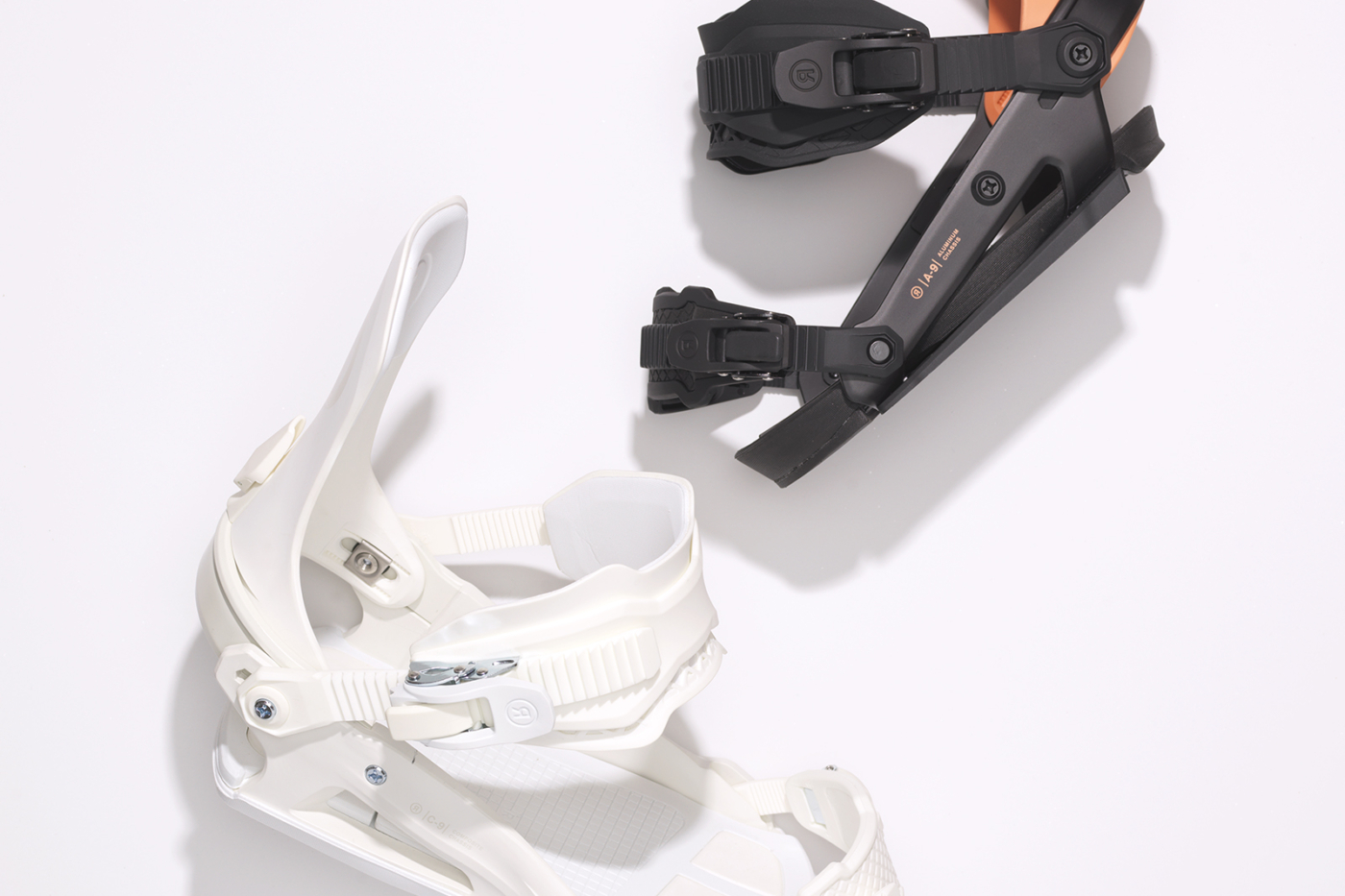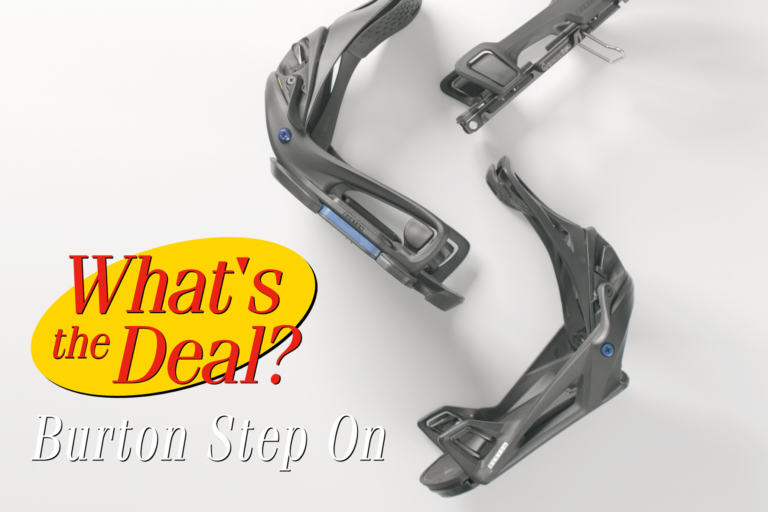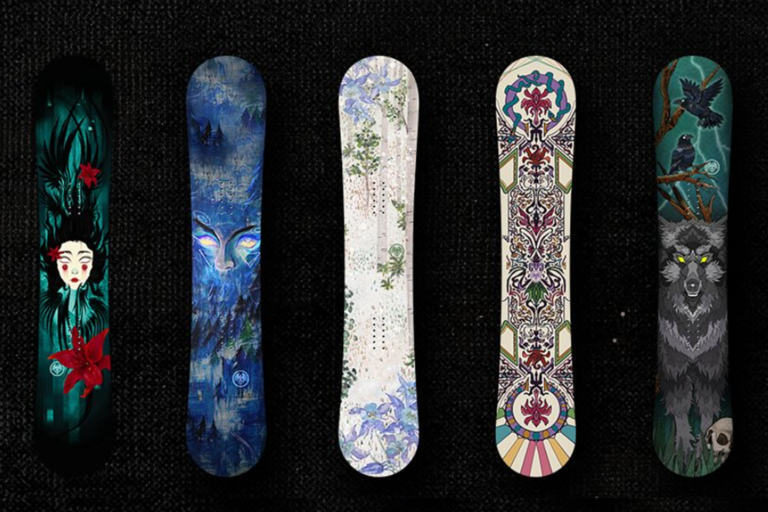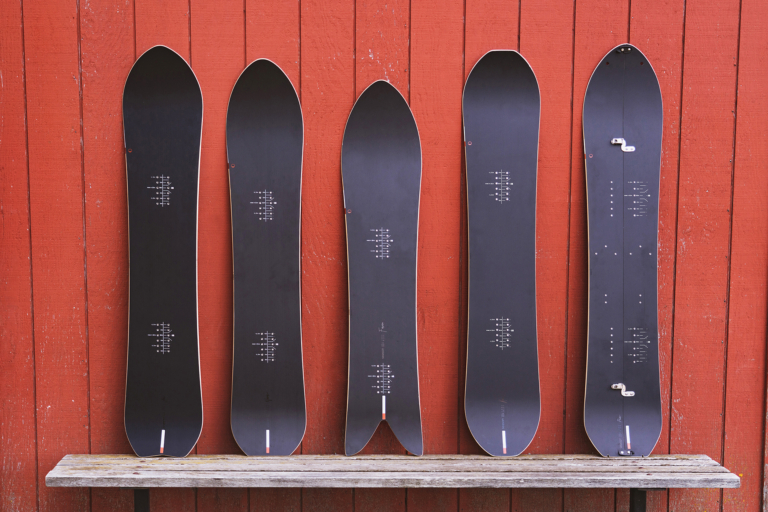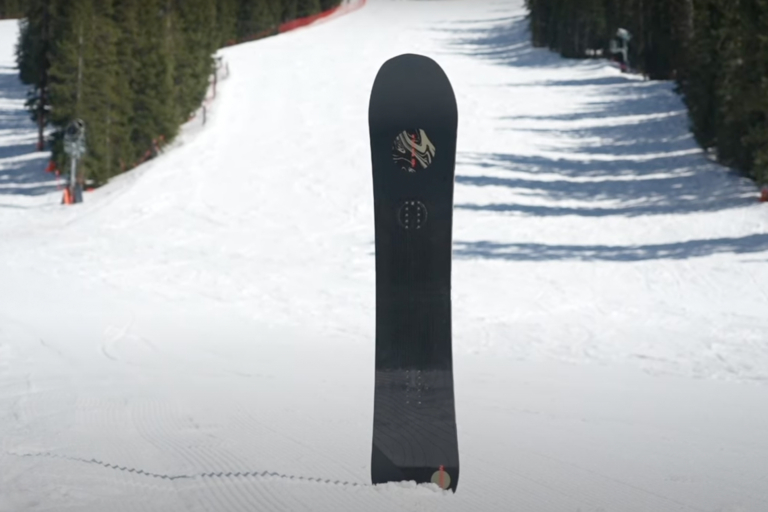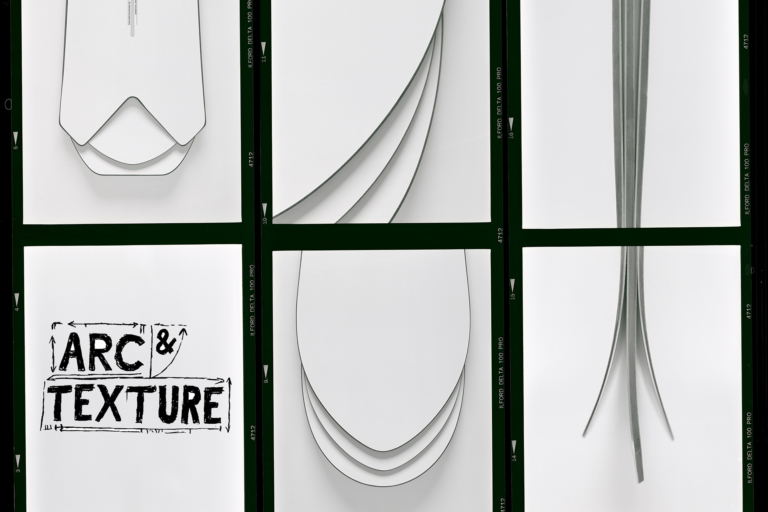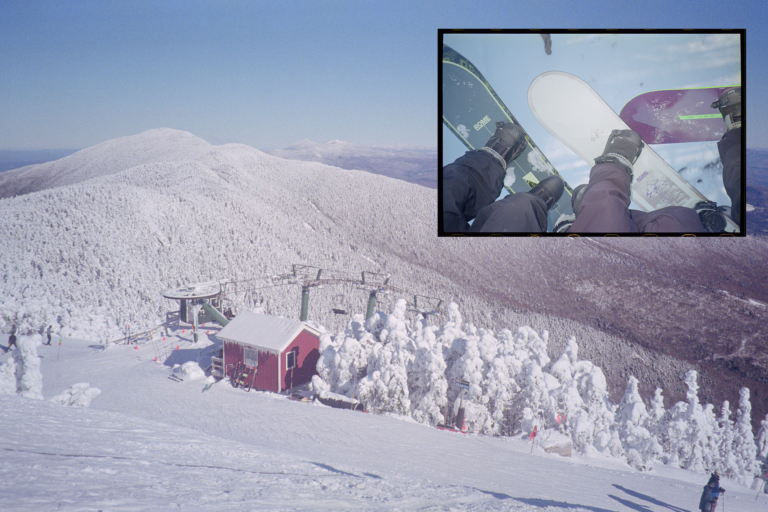Ride’s bindings are synonymous with getting aggro. Thanks to their aluminum chassis, they’re known for being responsive, lightweight, and tough as nails. Last year, Ride completely revamped their binding line, continuing the lineage of their aluminum baseplate bindings while also cloning them as composite baseplate offerings. Both versions don the same highbacks, and three-piece, dual-density heel straps, so the choice for any snowboarder boils down to the feel they want out of a binding.
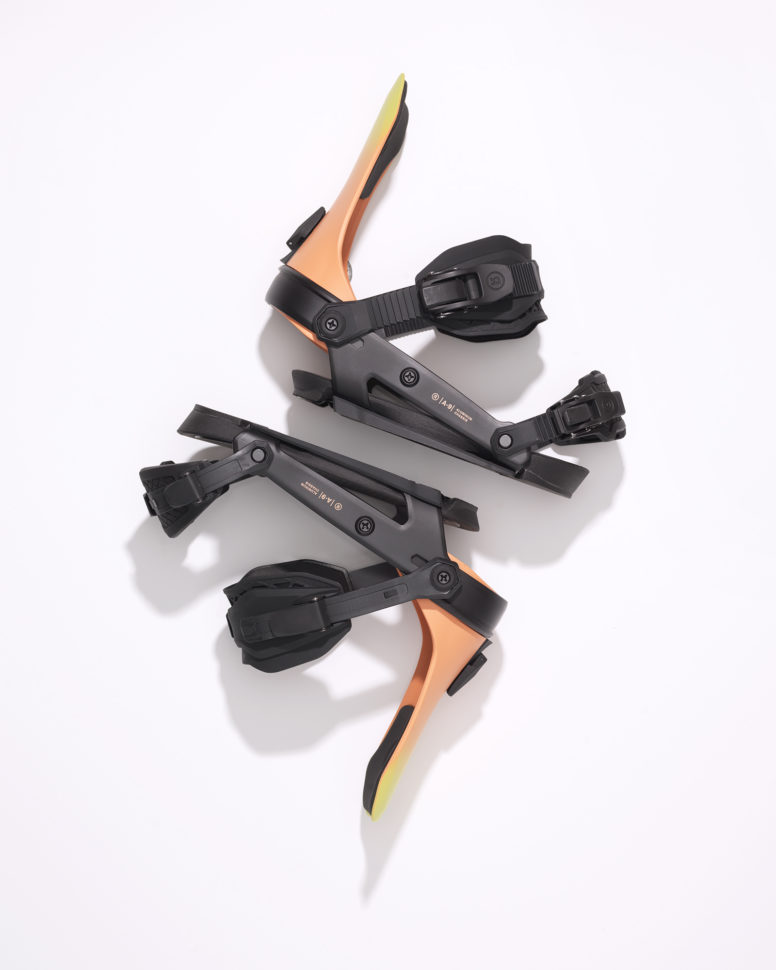



The all-aluminum A9 (“A” stands for aluminum) is incredibly lightweight, and its baseplate is comparatively narrow, compared to its C9 (“C” is for composite) sibling. Given all of the aluminum in the A9, it is incredibly responsive, and is for the snowboarder who hungers for the exciting feel of what Ride’s bindings have become known for. To protect your board from pressure points, the A9 rides atop a rubber footprint, which has been designed to cushion more at the outer corners of the baseplate, in order to help transmit energy while also dampening vibrations. To address harsh impacts, the A9 also features a super cushy EVA footbed, which really smooths out the ride.
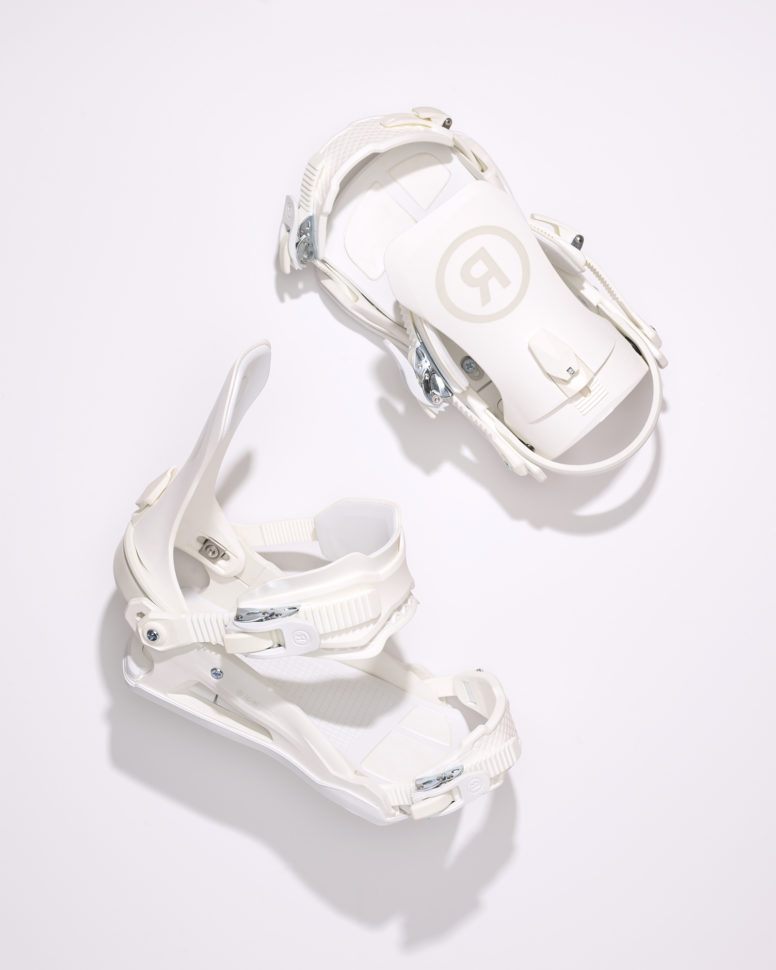



If you look for the more forgiving character of a composite-baseplate binding, the Ride C9 is a very worthy selection. Again, from the straps up, it is the same as the A9, but it has been carefully engineered to deliver responsiveness without too much feedback from your board. A wider, EVA-padded contact area with the board really blends your board’s character with the C9 binding, and the additional EVA directly under foot makes the binding incredibly comfortable, and gives it a very smooth character.
